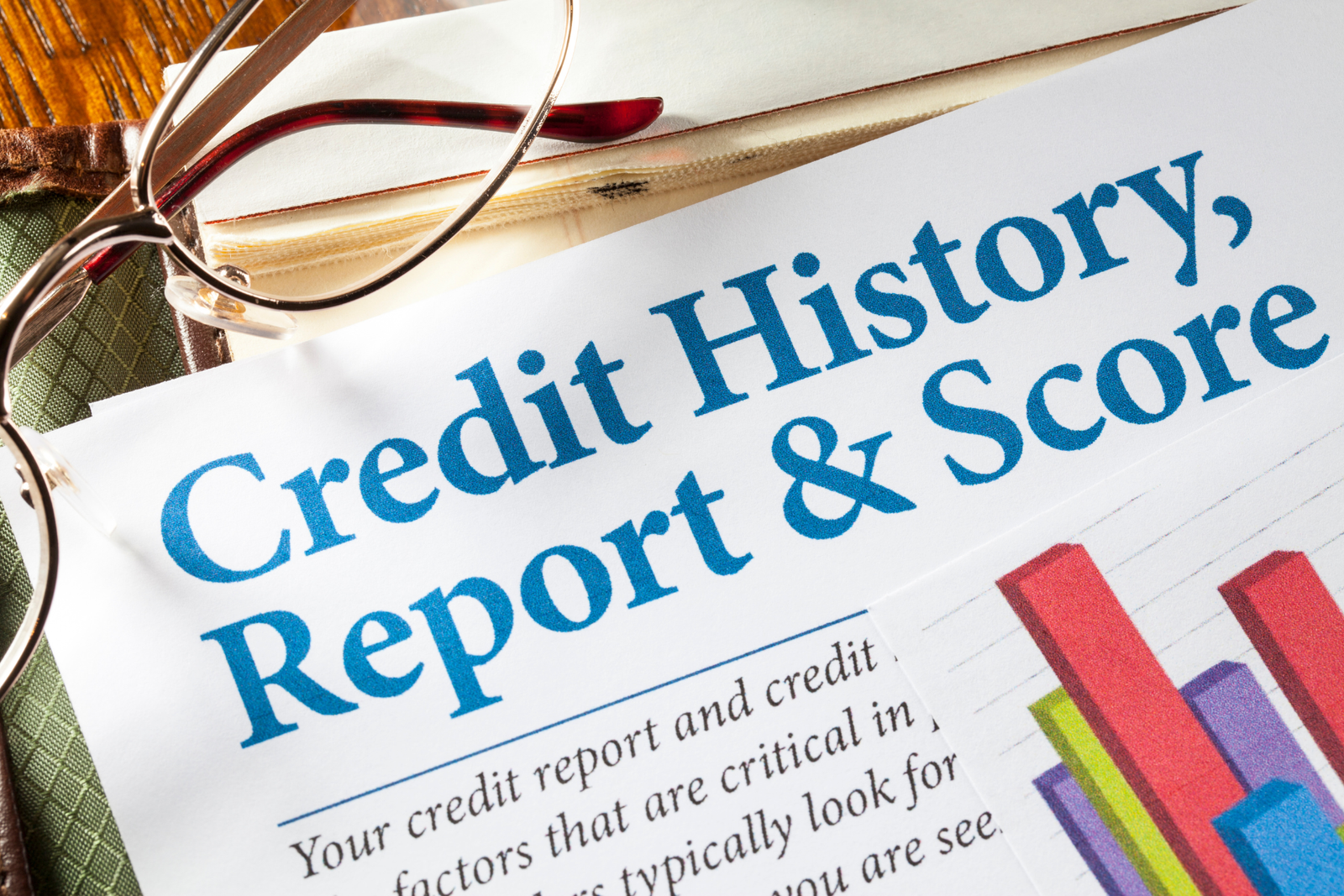Credit Card Hacks to Save Money — Smart Strategies for U.S. Consumers
Depending on how you use your credit card, it can act as a money-saving superpower or a debt trap. Forming some new habits combined with a few simple “hacks” can turn your credit card into a way to earn cash back, avoid fees, protect purchases, and save hundreds (or even thousands) annually. This guide is aimed at a U.S. audience and lists safe, actionable credit-card techniques that you can start learning to implement today – no gimmicks, just smart policies that work when the cardholder takes responsibility.
1. Pick the right card(s) — match cards to your life
The single best “hack” is to have the right mix of cards for how you actually spend money.
- So, consider using a flat-rate cash-back card (e.g., a card that gives you 1.5%–2% back) for everyday purchases if you are looking for a simple product to maximize your rewards. A 2% back card would give you $2 back for every $100 spent (essentially getting groceries for almost nothing when you redeem the cash back value).
- Next, you can pair a flat-rate cash-back card with a rotating-category card so that when you purchase groceries or gas, or maybe even dine out during select quarters, you receive a higher cash-back rate (e.g., 3%–6%) on those categories.
- If you are traveling frequently, then you may want to take a look at a travel rewards card so that you earn either airline or hotel points plus the added value of travel protections, instead of a cash-back card for those same purchases.
- Just be mindful not to open too many new cards without a strategy; each application will temporarily ding your credit history score and create work associated with managing the multiple accounts.
Reason for savings: Concerning the reward and cashback that matches where you already spend, you are now taking normal purchases, and turning them, on a repeated basis, into savings.
2. Maximize welcome offers — but don’t overspend to qualify
When cross-referencing apps or websites for cards, many times the welcome offer is the quickest way to access large values from a card (typically $200-$800 in cash or reward points), depending on your spending amount (ex, spend $3000 in 3 months).
Hacks
- Apply at a time when you will need to make a larger purchase (or do so with planned ones, e.g., rent or a home improvement project or vacation). Never buy something that you don’t need or want just to reach the threshold.
- Chart out a short plan of reaching the minimum spend by utilizing regular household bills (utilities, insurance, groceries), making sure you will have the cash available, and paying the bill each month in full.
Reason for savings: Any reasonable person will tell you that a $600 windfall transferred from spending into a bonus is going to turn out to be a very high effective cash back earning. Your spending will not increase over the year.
3. Use category and rotating bonuses wisely
Many reward programs have extra cash back earning rates for specific categories (grocery purchases, gas, future or existing subscriptions, dining out). Many have a specific rotation during a calendar quarter.
Hacks
- Keep a simple calendar or phone reminder of when the categories change to plan a card (or cards) for potential purchases.
- If you have a spouse or family member with a good category, coordinate.
Example calculation (carefully done): If you spend $600/month on groceries at home and use a card that pays 6% back for that quarter, your quarterly cash-back on groceries will be $600 x 3 months x 0.06 = $108 saved that quarter. If you do this for four quarters, you’re talking about saving hundreds in one year (if you have the same opportunities).
4. Use statement credits and targeted offers
Many cards provide statement credits (for example, an annual $120 airline credit, streaming services credits, or cell phone protection), and many have targeted offers for merchants that provide extra cash back.
Hacks
- Check regularly for statement credits and targeted offers on your card issuer’s reward portal and activate those.
- Use those credits for planned purchases you would have made anyway. You are actually saving money rather than spending additional (non-planned) money.
What this saves you: statement credits are free money that reduces your net cost.
5. Time purchases and use price-protection / price-tracking tools
Some issuers or third-party services offer price-drop protection or an easy merchandise return if the retailer lowers a price immediately after an item is purchased.
Hacks
- Wait for predictable sale times (e.g., Prime Day, Black Friday, seasonal sales) to purchase items that are not time-sensitive.
- Use browser extensions like “Honey” or an app from the store you shop at that alerts you to lower prices or price drops. If your issuer offers price protection, keep note of the lower price or price drop in case you need to submit a claim.
Why you save money: Buying when prices are optimally low and submitting price drop claims if offered to you essentially reduces your overall purchase price. ฺ
6. Pay in full (every month) – avoid paying interest/fees
The best money hack is to avoid paying Interest. If you have a credit card with rewards, there are a few ways to save money, more than by paying your “statement balance” on time and in full. If your credit card issuer has interest, and you do not pay in full, your finance charges will generally completely wipe out the monetary value of any rewards you earn on purchases.
Here’s a simple calculation for reference :
- Suppose you earned $300 cash back in a year, but average $5,000 in debt on your card with an 18% APR. Monthly interest charge is (18% / 12) = .015 (0.015 × $5,000) = $75 per month. Annually, $75 x 12 = $900 in interest. $300 cash back – $900 in interest = -$600 loss.
Paying full every month is non-negotiable if you want to “save” money from rewards..
7. Use balance-transfer offers carefully—temporary relief only
Balance-transfer (BT) cards often come with an introductory offer, for example, zero percent APR for a certain number of months (12–21 months). This can be a great way to get yourself out of a tight spot while paying down debt quickly.
Hacks
- When considering a BT, always remember to calculate the transfer fee (typically 3%–5%). For example, if you’re thinking of transferring $5000 at a 3% fee, you would calculate the fee = $5000 × .03 = $150. Compare this to the interest you would expect to accrue if you did nothing. If your BT saves you more than the cost, the BT option is worth considering.
- Next, repay the right payment: take your balance and divide it by the number of interest-free months. This will give you a monthly payment required to pay the balance before you are charged interest.
Finally, beware of missing your deadline or making only the minimum monthly payments. This could result in an overabundance of costs in the long run.
8. Watch for foreign transaction fees and travel protections
If you travel, it makes sense to use no-foreign-transaction-fee cards. Most cards will charge a 1%–3% fee for purchases made outside of the U.S., and this could add up quickly. If you travel often, look for travel benefits such as trip delay or cancellation, and rental car insurance. These types of benefits can save you lots of money and headaches!
Hacks
- Consider leaving a travel card for international purchases and another card for domestic use.
- Before you travel, take a screenshot of the travel benefits from your travel card. This benefit could potentially save you hundreds of dollars in an expensive situation (e.g., flight cancellations).
9. Stack rewards with cashback portals and apps
You are often able to stack savings: use a card that rewards you with a cashback portal or app (e.g., Rakuten, Honey, or retailer portals) that pays back.
Hacks
- Check whether the cashback portal is offering a “boost” rate for a specific retailer, and use that as the best card for that category.
- Once you think you are good to go, double-check whether the cashback portal can track the purchase before assuming you earned a reward — most often, for cashback, the portal needs cookies or the account must be linked or similar.
Why it saves money: small percentages combine for a greater effective return
10. Keep your credit score healthy – unlock better rates & offers
A better credit score provides access to the best credit card offers (higher rewards, better APRs, better balance transfer terms). Simple things to help raise scores: on-time payments, low credit utilization as a general rule (under 30% is the target and under 10% is better), and keep older accounts open.
Hacks
- Automate paying at least the minimum payment (but ideally the full statement balance due).
- If you have been carrying a balance, consider whether you can ask for a line increase. This case would lower utilization, but would just keep the credit line open if you cannot control yourself.
Why it saves money: A higher credit score at least could help you qualify for 0% offers, no fee offers, or cards that have outsized rewards, just to keep a healthy credit score.
Final tips and safety reminders
- Do not take payday-like advances or cash advances on credit cards — the fees involved and APRs are extremely high.
- Make sure to read the fine print on annual fees and confirm that benefits outweigh the costs. If they don’t, switch to a no-fee option.
- Make sure you use secure networks and you have alerts on your card(s) so you can see charges that may be fraudulent quickly.
Conclusion
Credit cards, used responsibly, are one of the easiest and most reliable strategies to save money — from everyday cash back to large, strategic wins such as welcome bonuses for card sign-ups and cash-flow balance transfer plans. The only real “hack” is consistent behavior: Always choose the right card for your spending, never pay interest if you can avoid it, and build legitimate savings opportunities to stack savings. Pick one or two of the tips above, track your savings yearly, and grow from there, and you will be surprised at how quickly smart card habits accru

